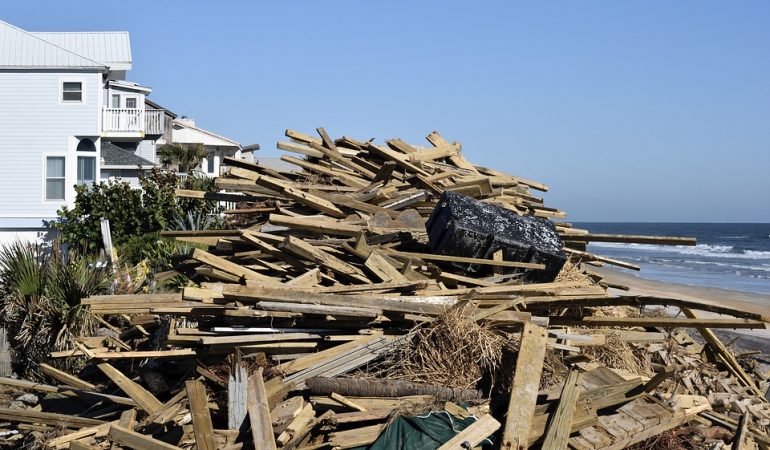Everything You Need To Know About Flood Insurance
In late 2015, heavy flooding in Northern England caused widespread damage that resulted in over 16 million of flood insurance claims. The average cost for a domestic property claim was a whopping 50,000. It’s so important to be prepared for situations like this, by having insurance that will cover you for flood damage and knowing that you can contact professionals similar to the bay area water damage experts mgwaterfirerestorationservicesinc.com to deal with the aftermath. Here’s how to protect your home and what to do, should the worst happen.
Finding the Right Insurance For You
According to the Environmental Agency, 1 in 6 properties in England and Wales are at risk of flooding, so check their online map of your area, to determine yours. The Land Registry also offers a report of your individual property, for a small cost. If deemed a ‘high-risk’ flood area, insurance coverage may be problematic and expensive.
Homeowners should ensure appropriate flood insurance is incorporated into the buildings and contents insurances of their property, therefore, should they ever require the use of either Personal Property Restoration Services or building contractors to help fix any damages done to their property they will be potentially covered for the costs. The Association of British Insurers (ABI) recommends using an insurance company or broker, as opposed to price comparison websites.
Base your decision on quality of cover and not on cost. A practical option is to purchase both policies from the same insurer, as a discount may be offered. You also have a legal entitlement to a ‘cooling-off period’ of up to 45 days from the commencement of the policy.
Our quick tips:
- The policy should cover what you need it to
- It should not contain any unnecessary ‘extras’ that increases your premium
- Read the small print! – understand what is covered and what is not
Remember!
- ‘New for old’ cover: replaces damaged items with new, comparable ones
- ‘Indemnity’ cover: replaces damaged items with their value, prior to
Flooding
If a tenant, contact your landlord immediately in the event of flooding, to find out their level of buildings insurance cover.
Protecting your Property
A few preventative steps can reduce flood risk, along with your insurance premium. For instance, you can click here to learn different ways to protect your home basement and other parts of the house. Taking necessary precautionary measures beforehand can give you enough time to map out a strategy during those unforeseen circumstances. ‘Kitemark’-approved airbrick covers and one-way toilet valves prevent water ingress. However, the traditional sandbag, whilst useful, is prone to seepage. Other practical measures include clearing any blocked drains or guttering.
Keeping Calm And Carrying On
If your best efforts have failed, or the flood source is inside your property, now is not the time to panic.
Safety first: Disconnect all water and electrical connections.
Minimize damage: Move furniture and possessions upstairs; if not possible, then to a higher level – wooden pallets are ideal – loop curtains over their pole and wrap chair and table legs in plastic sheeting.
It is vital to document the situation, so take photographic evidence of damage. Speak to your insurer before undertaking any repairs; a loss assessor will visit your property to evaluate the damage and any potential flood insurance payout. Once approved, keep all receipts, as these can be reimbursed.
In extreme circumstances, it may be necessary to leave your property; if so, contact the emergency services and follow their advice. Your insurer will provide alternative accommodation until you are able to return home.
For further information on Flood Insurance, or simply some Flood Insurance FAQ’s head over to UK Insurance NET and find out how they can help you.




